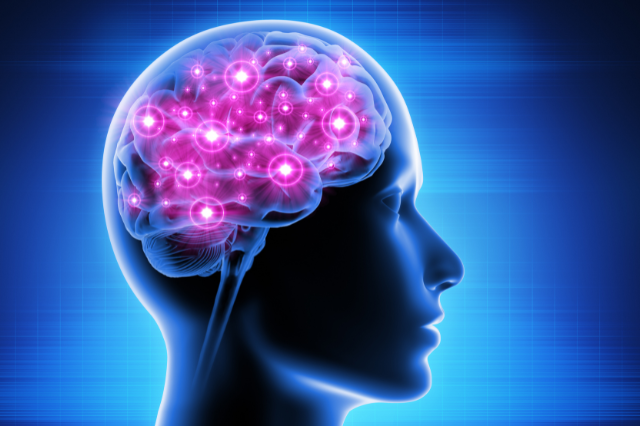What happens in a person’s brain when they sustain a concussion or brain injury?

Everyone responds differently so we don’t know exactly what happens, however, there are ways to gain insight into the brain through the body. There are 2 main functions of the brain that need to be considered: survival and movement.
Survival and movement
Think of your brain like the engine of a car. The brain literally controls everything that happens in the body therefore when the brain senses a threat, its main goal is to protect the body. This could be exhibited through a decreased range of motion, decreased vision, decreased balance, increased pain, depression, sense of feeling out of it, etc. There are many ways the body will show that there is a threat according to the brain. If not treated in the correct way, a person who sustained a brain injury (concussion, TBI) could continue to exhibit symptoms for a long time, possibly for the rest of their life. Approximately 3 months past the initial injury, this can be considered a chronic post-concussion syndrome (chronic means at least 3 symptoms that persist after about 3 months). The good news is that even if it has been a while since the injury, the brain can improve through neuroplasticity. “The ability of the brain to form and reorganize synaptic connections, especially in response to learning or experience or following injury”, from Oxford Languages.
When does change begin in the body? It can be instantaneous because the nervous system is that fast. It is believed that movement and other activities in the body can also change nearly as quickly with any stimulus (activity, drill, exercise, stimulation) that is applied. This means that during a session, a simple assessment can be used to test the body to see how the brain reacts to a certain activity. An initial assessment in the form of a drill/activity may include range of motion, strength, pain, balance, or functional activities to determine whether a brain reset should be used if the brain senses a threat. Waiting 4, 6, and 12 weeks to reassess the client’s progress is simply allowing poor brain wiring to potentially occur. While there is not one single exercise/activity that will change someone’s outcome; we still want to understand the impact of every exercise/activity we apply. Understanding how each exercise/activity affects the client’s body function immediately helps practitioners shape each training session for optimal function.
Impact on the brain
Every day as you live your life, your brain is constantly taking in multiple stimuli from the environment, sounds, sights, textures, etc. Whether or not you realize it, your brain is altering your behavior and outcomes on a split-second basis to ensure you will survive. The great thing about the brain is how we can train it. Just like learning to ride a bike. At first, the brain determines the riding activity as a threat. With exposure and correct practice, we can turn that threat into a positive. Furthermore, the brain’s plasticity allows for alternative circuits. So if one area or pathway is damaged, other pathways can be “taught” to take over the function that is lost due to this damage. Some ways that can be used to “teach” the new skill could include stimulating the vagus nerve, using a certain smell while performing a drill, or a certain stance, just to name a few. Each body is unique and because of the speed of the nervous system, everyone needs to be assessed during each session frequently. Some activities may need to be altered for a time (less light, smaller room, less sound) while the brain is being retrained.
There are 2 vital “nutrients” for a healthy brain: fuel (glucose and oxygen) and activation (use it or lose it principle). These 2 areas need to be fully considered when helping someone’s brain to recover from an injury. Even just easy joint movements can be used to remap the body to allow it to learn a new skill. Another example, using a particular eye position which may at first be determined as threat by the brain. However, when paired with joint movement can improve the learning and recovery. When a body is injured, the eye position that was in motion at the time of the injury can continue to cause the brain to shut down because it is thinking: the last time we went into this position, something bad happened. Re-learning this position can help the brain to recover.
Help for brain injuries
It is important for brain-injured patients to find an experienced practitioner who understands the body-brain connection. We know that a comprehensive and effective rehabilitation program will pair recovery activities and movements with frequent assessments of the brain’s response. This type of comprehensive rehabilitation approach is needed for a patient’s recovery success and can begin at injury onset or if symptoms persist.
Karen Olsen has been practicing as a Physical Therapy Assistant for 15 years after studying at Amarillo College and Eastern New Mexico University. She and the rest of the Mariposa rehabilitation team (speech, PT, and OT) treat brain-injured children, adolescents, and adults in our Tempe Clinic.
